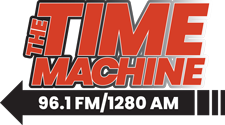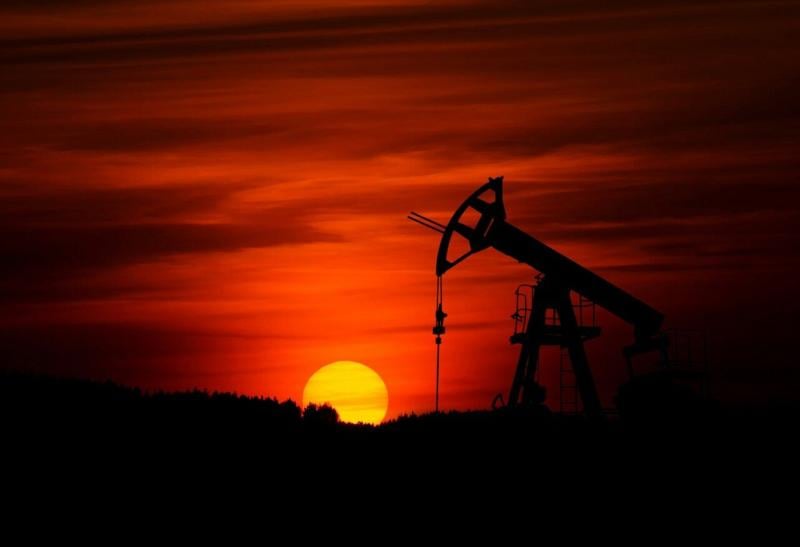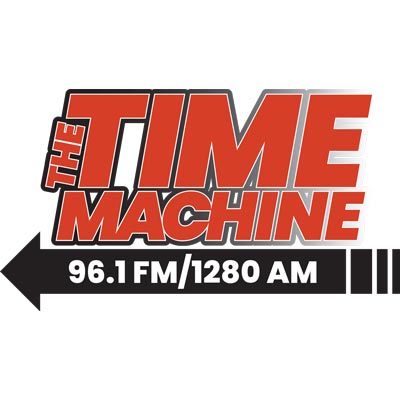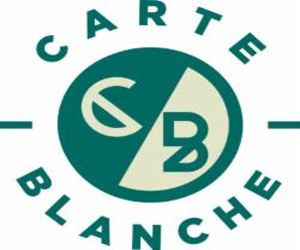U.S. oil and natural gas firms have a message for President Donald Trump: his energy and tariff policies are creating chaos and his “drill, baby, drill” mantra is “a myth,” according to a new Dallas Fed survey of 130 energy firms in Texas, New Mexico and Louisiana.
Firms weighed in on the impact of Trump administration policies in just the first few months of his second term after rig counts have dropped, layoffs have increased and operating costs continue to go up, The Center Square reported.
The Fed’s first-quarter energy survey measured the condition of energy firms located in its district. Its company outlook index decreased 12 points, “suggesting slight pessimism among firms;” its outlook uncertainty index increased by 21 points.
Of the 130 energy firms surveyed, 88 are in exploration and production (E&P); 42 are in oilfield services. Their average operational cost per barrel is $45, and firms “need $65 per barrel on average to profitably drill,” the Fed notes. The WTI was at $63 a barrel as of Tuesday.
The amount of debt and investment needed to explore and drill new wells isn’t feasible with oil prices dropping and overall economic uncertainty, industry executives argue.
Costs have increased across the board, firms said, with the most being legal and administrative in order to comply with a plethora of regulations, energy firms said. Although the Trump administration is reducing federal regulatory burdens, 40% of companies surveyed said they didn’t expect their regulatory compliance costs to go down; 21% said they expect them to go up.
“The key word to describe 2025 so far is ‘uncertainty’ and as a public company, our investors hate uncertainty,” one E&P executive said, according to the survey. “This has led to a marked increase in the implied cost of capital of our business, with public energy stocks down significantly more than oil prices over the last two months. This uncertainty is being caused by the conflicting messages coming from the new administration.
“There cannot be ‘U.S. energy dominance’ and $50 per barrel oil; those two statements are contradictory. At $50-per-barrel oil, we will see U.S. oil production start to decline immediately and likely significantly (1 million barrels per day plus within a couple quarters). This is not ‘energy dominance.’ The U.S. oil cost curve is in a different place than it was five years ago; $70 per barrel is the new $50 per barrel.”
Another said, “First, trade and tariff uncertainty are making planning difficult. Second, I urge the administration to engage with U.S. steel executives to boost domestic production and introduce new steel specs. This will help lower domestic steel prices, which have risen over 30 percent in one month in anticipation of tariffs.”
“The administration’s chaos is a disaster for the commodity markets. ‘Drill, baby, drill’ is nothing short of a myth and populist rallying cry. Tariff policy is impossible for us to predict and doesn’t have a clear goal. We want more stability,” another said.
“The disconnection of oil and natural gas markets, specifically commodity pricing, seems to be causing a feast-or-famine effect on the industry,” another said. “Companies with natural-gas-weighted assets will spend more money in 2025 developing their assets, but oil-weighted companies will decrease capital spending with the current pressure on oil pricing for 2025.”
Still another said, “The administration’s tariffs immediately increased the cost of our casing and tubing by 25 percent even though inventory costs our pipe brokers less. U.S. tubular manufacturers immediately raised their prices to reflect the anticipated tariffs on steel. The threat of $50 oil prices by the administration has caused our firm to reduce its 2025 and 2026 capital expenditures. ‘Drill, baby, drill’ does not work with $50 per barrel oil. Rigs will get dropped, employment in the oil industry will decrease, and U.S. oil production will decline as it did during COVID-19.”
One Texas-based E&P firm said, “for the average onshore upstream operator, the current administration versus the previous administration regulatory regime shows no real change at all. We still get our permits from the Railroad Commission in Texas, for example, not the Environmental Protection Agency. The federal regulatory regime matters if you are operating in the Gulf of Mexico or Alaska but not for the Permian, Eagle Ford, Bakken, Utica, etc.”
Others pointed out that the Trump administration asking OPEC+ countries to increase crude production “hurts domestic operators.”
Another said, “The rig count is flat and scrap prices are up. Time to scrap more rigs; there are lots of rigs that will never go back to work.”
“I have never felt more uncertainty about our business in my entire 40-plus-year career,” another said.







